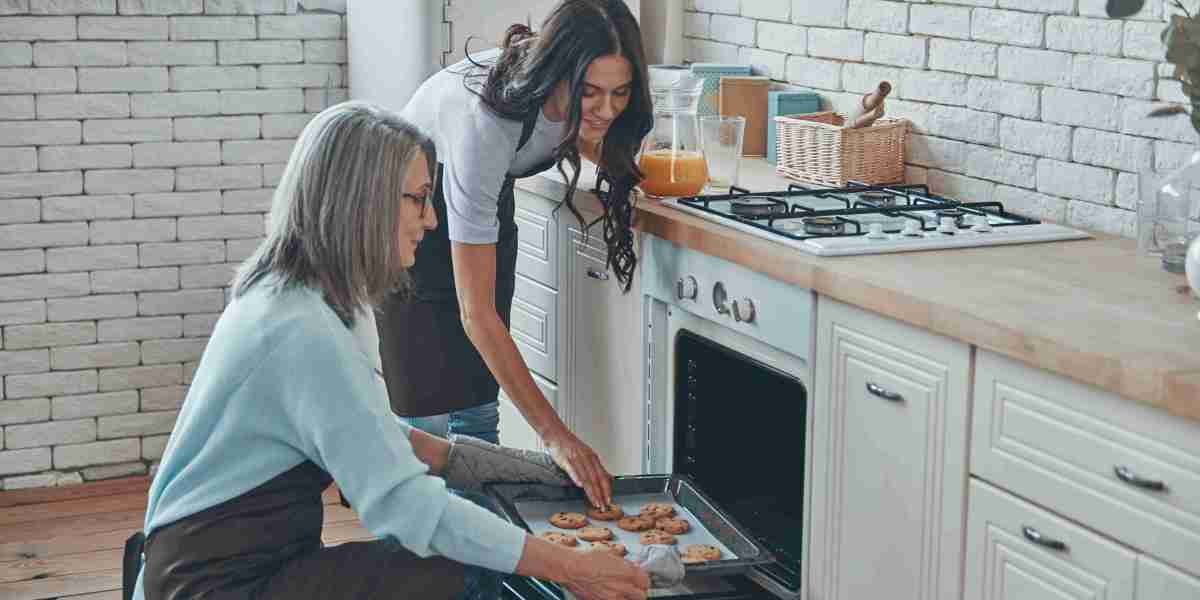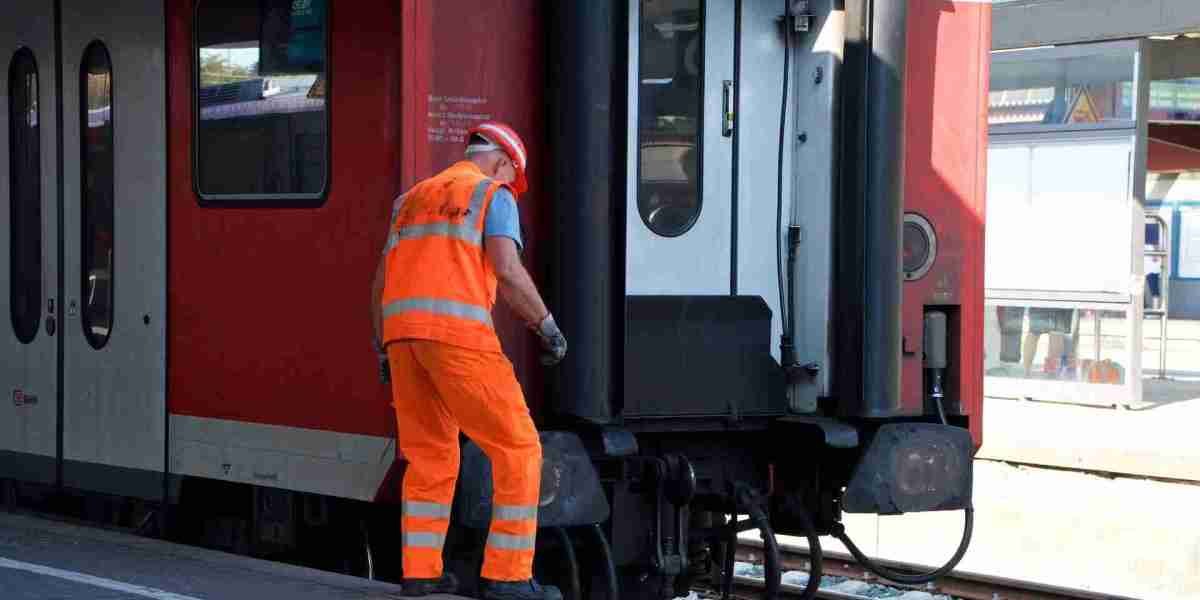
The Ultimate Guide to Built-in Cookers and Hobs: Efficiency Meets Style in Modern Kitchens
In the realm of kitchen design and performance, built-in cookers and hobs have quickly ended up being popular choices for homeowners and cooking lovers alike. These appliances not just optimize kitchen space but likewise offer a contemporary visual that boosts the general visual appeal of cooking environments. This short article checks out the benefits, functions, and factors to consider associated with built-in cookers and hobs, providing a thorough guide for anybody aiming to optimize their cooking location.
What Are Built-in Cookers and Hobs?
Built-in cookers and hobs refer to kitchen appliances that are integrated into the kitchen cabinetry, producing a seamless look. A built-in cooker normally consists of both the oven and cooktop, while a hob is particularly the cooktop component, utilized to prepare food on the stovetop without a traditional oven compartment.
Kinds Of Built-in Cookers and Hobs
| Type | Description |
|---|---|
| Induction Hobs | Use electromagnetic energy to heat pans directly, offering precision and security. |
| Gas Hobs | Usage gas flames to provide heat, favored by many chefs for their control and adaptability. |
| Electric Hobs | Use an electric coil, ceramic, or smooth surface area for even heating, efficient in heat control. |
| Combination Ovens | Include convection, steam, and microwave performances in one system, maximizing adaptability. |
Advantages of Built-in Cookers and Hobs
- Space Efficiency: Built-in cookers and hobs complimentary up counter area, providing kitchens a less messy appearance.
- Visual Appeal: These appliances produce a sleek and contemporary kitchen style.
- Boosted Functionality: Many built in cooker and hob-in systems featured clever features, such as touch controls and Wi-Fi connection.
- Personalization: They can be customized to fit particular kitchen designs and layouts, enabling for more creativity in kitchen preparation.
- Easy Cleaning: Integrated designs typically enable simpler cleaning and upkeep as compared to freestanding systems.
Key Considerations When Choosing Built-in Cookers and Hobs
When choosing the best built-in cooker or hob for a kitchen remodel or new build, several elements ought to be taken into account:
Size and Configuration
- Cooktop Size: Consider the number of burners you require based on cooking practices.
- Oven Capacity: Larger families or devoted bakers might require a larger oven.
Fuel Type
- Gas vs. Electric: The option in between gas and electric may depend upon individual cooking preferences and existing home facilities.
Features and Functions
- Smart Technology: Many modern-day cookers come geared up with clever functions that enhance convenience.
- Self-Cleaning Option: Consider whether a self-cleaning feature is crucial for you.
- Security Features: Look for appliances that have kid security locks and automatic shut-off systems.
Costs and Brands
- Budget: Built-in cookers and hobs can differ considerably in rate. Figure out a budget plan and stay with it.
- Brand name Reputation: Research various brands for dependability, performance, and service warranty offerings.
Installation Requirements
- Expert Installation: Built-in units might require professional installation; ask about this element when buying.
- Space and Ventilation: Ensure your kitchen layout can accommodate built-in designs, particularly for gas systems that need correct ventilation.
Often Asked Questions (FAQs)
1. Are built-in cookers more costly than freestanding units?
Yes, built-in cookers and hobs typically involve greater in advance costs due to their design and installation requirements. Nevertheless, they can include value to your home.

2. Can I install a built-in hob myself?
While some homeowners may try DIY setups, it is typically recommended to work with an expert, specifically for gas units, due to safety concerns.
3. What is the life expectancy of built-in cookers and hobs?
Normally, built-in cookers and hobs can last anywhere from 10 to 15 years, depending upon usage and upkeep.
4. Are induction hobs safe to use?
Yes, induction hobs are considered safe as they only heat up the cookware and not the surface around them, minimizing the threat of burns.
5. How do I keep my built-in cooker?
Regular upkeep consists of cleaning surface areas after use, checking seals and vents, and ensuring appropriate working through periodic expert assessments.
In conclusion, built-in cookers and hobs offer a contemporary, stylish, and efficient solution for contemporary cooking areas. With various alternatives readily available, including various fuel types, configurations, and advanced features, property owners can find a home appliance that fits both their cooking requirements and visual choices. By considering the factors outlined in this guide, anyone can make an informed choice that improves their kitchen and cooking experience.
Extra Considerations
To further help in your kitchen restoration or new build, think about:
- Energy Efficiency Ratings: Look for energy-efficient models to save money on utility bills.
- Service Warranty and Service Plans: Assess the warranty period and service strategies provided by the producer.
Ultimately, investing in a built-in cooker or hob can revolutionize your cooking experience and raise your kitchen's design.







